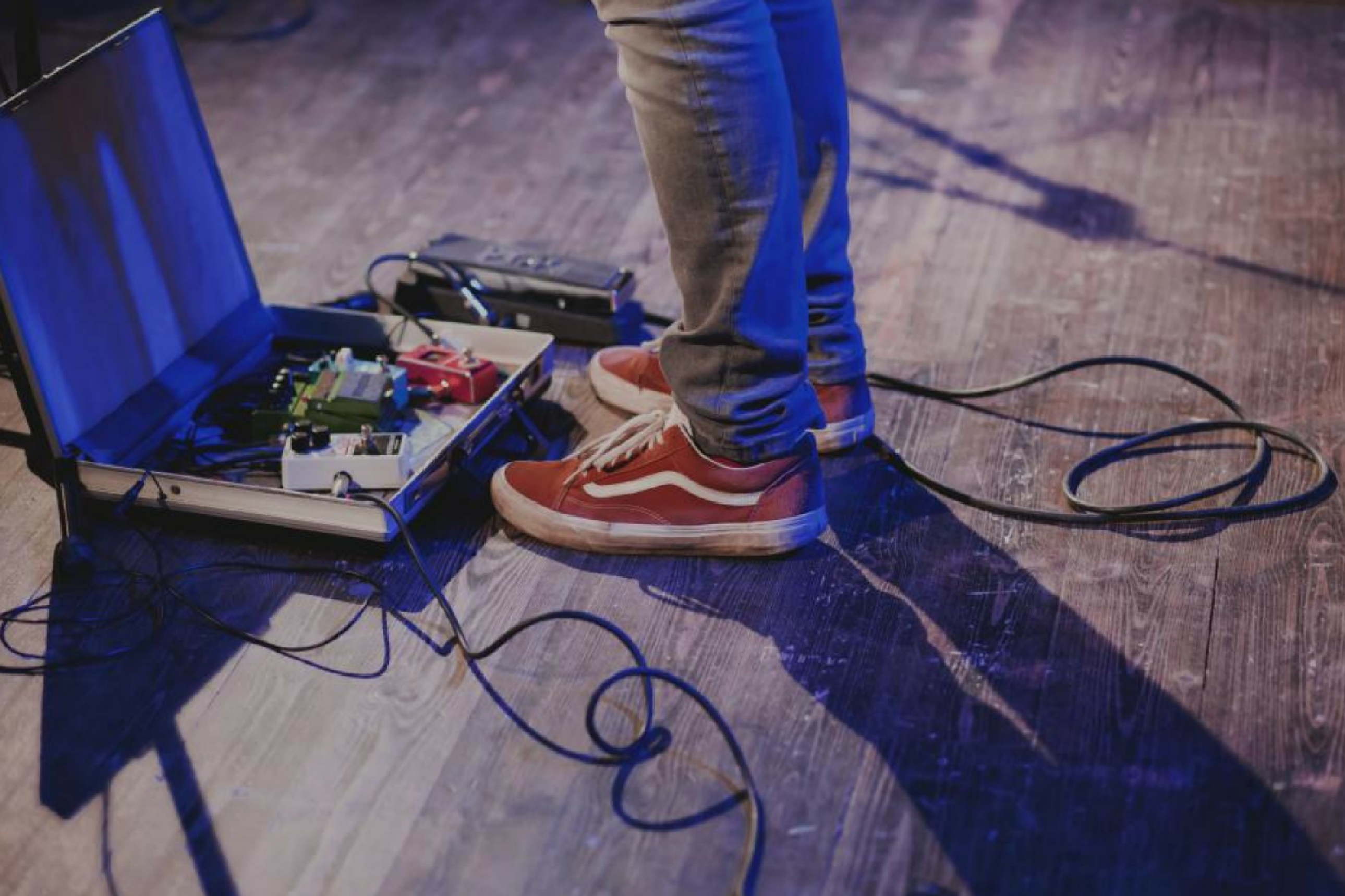When it comes to booking gigs without an agent or manager, there’s one thing that can make you stand out above your competition: professionalism.
That’s because venues trust someone who is professional.
And one of the most professional things you can do is provide a prospective venue with a technical rider.
There are a lot of misconceptions about what a technical rider is, who needs one, and what it should include.
Today, we’re going to clear up all the confusion so that you can confidently reach out to venues and give them everything they need to help you put on an amazing performance.
Sound good? Read on and download a free template.
What Is A Technical Rider?
You’ve heard the stories about celebrities and performers whose riders say things like, “separate all of the green M&Ms from the rest.”
Because of these stories, it’s easy to assume that a rider is a list of demands from a performer. But that’s not so. While a rider can include your food and beverage requirements, it’s much more robust than that.
Essentially, a technical rider has all the information a venue needs to help you put on a winning performance. It tells them who will be performing, what instruments each person plays, how big the stage needs to be, what setup you need onstage and backstage, and on and on.
Who Needs a Technical Rider?
You do! If you’re working with a professional-level venue, you need a technical rider. (They’re going to expect it!)
Your technical rider will be more simple if you’re a soloist or you have a more simple on-stage setup. The rider is invaluable if you’re an ensemble or have special technical requirements.
What Your Rider Should Include
A technical rider typically includes three things:
Details about Your Group
First, your rider should explain who is in the group, what instruments they’re playing, and what their needs are on stage.
This includes how many mics, amps, music stands, chairs, etc. that you’ll need. Get as detailed as possible to avoid any surprises. For example, if you need chairs for your performance, clarify what kind: Bar stools? Folding chairs? A piano bench?
If you need a piano, be sure to include how you want it tuned, what type of piano you want, and any other details that could be easy to overlook.
As you can tell, this section of a technical rider can get complex depending on the technical requirements of your show.
This information also helps the venue calculate the load-in time and the cost of having you perform. For instance, if you have special requirements, the venue might have to hire a lighting designer or sound person, or they may have to rent specific equipment (like a projector).
For this reason, presenters often ask to see the technical rider before they make you an offer, to ensure the space fits your needs and that they have accounted for the impact on their budget.
Stage Plot
The stage plot is a mockup or drawing of where various items should be placed on stage. This is essential if your performance has more than two people, requires a lot of equipment/sets, or if you need to move on stage. It’s less essential — but still helpful — if you have a simple formation.
The stage plot helps the venue’s tech staff save time by telling them exactly where you want the items you requested, so they won’t need to be rearranged. This makes for smoother load-in and soundcheck. Remember, time is money!
Plus, some venues have very tight setup and strike times so pre-planning is key. Being upfront about what you need is essential to the venue’s planning.
Hospitality Needs
This is where those infamous stories come from! Yes, your technical rider should include your hospitality requirements but there’s no need to go overboard. Often the venue will offer light food and beverages.
You want to have a setup that’s comfortable. It’s typical to ask for a private dressing room, fruit plate, vegetarian or gluten-free meal (if you have dietary restrictions), or bottled water. You can also take a page from Julia’s playbook and add dark chocolate to your rider.
Ask for whatever will help you focus on the performance and feel good about what you’re doing.
Download a Free Template
A solid tech rider is a sign that you’re a professional musician, and it will start your relationship off on the right foot with a prospective venue.
It’s important to get clear about what your requirements are before reaching out for opportunities. That way, you can find venues that are the best fit for your shows — and it will be a better experience for everyone involved.
Need help getting started? Download your free Technical Rider Template below.

